Peter Kennard’s Art and Activism
In the dynamic interplay between art and activism, few figures have left as indelible a mark as Peter Kennard. His unique ability to meld aesthetic brilliance with a fervent commitment to social change has positioned him as a luminary in the world of contemporary art. As we delve into the profound impact of Kennard’s art and activism, it becomes apparent that his work extends far beyond the canvas, seeping into the very fabric of societal consciousness.
Table of Contents
Peter Kennard and the Artistic Alchemy of Photomontage
At the heart of Kennard’s artistic expression lies the potent medium of photomontage. This technique, which involves the juxtaposition of disparate images to create a new visual narrative, serves as Kennard’s artistic alchemy. His iconic works, such as “Haywain with Cruise Missiles” and “Boardroom,” are not merely pieces of art; they are visual manifestos that challenge the prevailing socio-political order.
Kennard’s mastery of photomontage is rooted in a keen understanding of the power of images. In an age inundated with visual stimuli, his work cuts through the clutter, offering a stark and unapologetic commentary on issues ranging from war and militarization to corporate greed and environmental degradation. The arresting nature of his compositions demands attention, forcing viewers to confront uncomfortable truths that are often conveniently obscured in mainstream narratives.
Art as a Catalyst for Social Change: Beyond Aesthetic Appreciation
Kennard’s oeuvre extends beyond the realm of aesthetic appreciation. His art is a clarion call for social change, a reminder that the role of an artist is not confined to the studio or gallery but extends into the public sphere. As an art form that transcends traditional boundaries, photomontage has the unique capacity to resonate with diverse audiences, cutting across demographic, geographic, and cultural lines.
When one encounters Kennard’s work, we can understand the visceral impact it can have. The first time someone sees “Haywain with Cruise Missiles,” the amalgamation of the pastoral scene with the jarring presence of missiles struck me with a profound sense of cognitive dissonance. This visceral reaction is precisely what Kennard aims to evoke – a visceral confrontation with uncomfortable truths that linger in the collective consciousness.
A Chronology of Dissent: Kennard’s Journey Through the Decades
Understanding the evolution of Kennard’s art requires us to trace his footsteps through decades marked by seismic shifts in politics, culture, and activism.
Kennard’s emergence as an artist in the politically charged atmosphere of 1960s Britain is foundational to his identity as an activist. The anti-Vietnam War protests and the fervent anti-establishment sentiments of the era shaped his early work, laying the groundwork for a lifelong commitment to using art as a means of dissent.
As the decades unfolded, so too did Kennard’s artistic repertoire. His engagement with issues evolved, mirroring the changing landscape of global politics. From the anti-nuclear protests of the 1980s to the anti-Iraq War movements in the early 2000s, Kennard’s art became a living chronicle of dissent, a visual testament to the persistent struggles against war, injustice, and the abuse of power.
The enduring relevance of Kennard’s work in the contemporary context is evident in its continued resonance with issues such as climate change, inequality, and the erosion of civil liberties. His art is not bound by the constraints of a specific moment in time; rather, it serves as a timeless commentary on the perennial challenges faced by humanity.
*All Book Images Open a New tab to our Bookshop
**If you buy books linked to our site, we get 10% commission from Bookshop.org, whose fees support independent bookshop
Navigating the Murky Waters of Political Art
Critics of politically charged art often question its efficacy, contending that art, no matter how poignant, cannot effect tangible change. However, Kennard’s legacy stands as a testament to the transformative potential of art when wielded as a tool for activism.
If we explore political art, we can encounter skepticism regarding its impact. Some argue that art exists within a realm of privilege, accessible primarily to those with the means to engage with it. While this critique holds some merit, the democratization of art in the digital age has broadened its reach. Social media platforms and online galleries have become conduits for sharing politically charged art with a global audience, transcending geographic and socioeconomic barriers.
Moreover, the historical precedents set by politically engaged artists like Kennard demonstrate that art can be a catalyst for change. The iconic imagery of the Vietnam War, immortalized by artists such as Pablo Picasso and Robert Capa, played a pivotal role in galvanizing public opinion against the conflict. Kennard’s photomontages, in a similar vein, contribute to the collective consciousness and have the potential to inspire social mobilization.
The Power of Subversion: A Visual Language of Resistance
Central to the impact of Kennard’s work is its ability to subvert dominant narratives. In a world saturated with images often crafted to reinforce established power structures, his photomontages act as a visual language of resistance.
Kennard’s use of familiar images sourced from mass media and popular culture is a deliberate strategy aimed at leveraging the viewer’s pre-existing associations. The juxtaposition of these images creates a dissonance that disrupts conventional interpretations, prompting viewers to question the narratives they have been fed. This subversive quality is a potent tool for fostering critical thinking and challenging the status quo.
In our own reflections on the subversive nature of Kennard’s work, we are reminded of the power of visual literacy. The ability to decipher the layers of meaning embedded in his photomontages requires an engagement with the socio-political context, an active participation in decoding the visual rhetoric. This process of visual deconstruction is not passive; it is an act of empowerment that enables individuals to question, resist, and contribute to the discourse surrounding pressing issues.
The Imperative of Artistic Responsibility: Navigating the Ethical Landscape
As we celebrate the transformative potential of politically charged art, it is imperative to engage with the ethical dimensions that accompany the intersection of art and activism. The responsibility of artists, particularly those whose work engages with pressing social issues, extends beyond aesthetic considerations to encompass the ethical implications of their creations.
One ethical quandary often raised in discussions of politically charged art is the potential for exploitation. The use of real-world suffering and tragedy as raw material for artistic expression raises questions about the boundaries of ethical representation. In the case of Kennard, whose work often grapples with the harrowing realities of war and conflict, the ethical imperative becomes particularly pronounced.
Kennard’s approach to ethical considerations is evident in his meticulous selection and composition of images. Rather than sensationalizing or exploiting human suffering, his photomontages aim to expose the systemic structures that perpetuate injustice. The intent is not to revel in the shock value of tragedy but to prompt a collective reckoning with the root causes of societal malaise.
Navigating the ethical landscape of politically charged art requires a delicate balance between artistic freedom and responsible representation. Artists must remain cognisant of the potential impact of their work on affected communities, striving to amplify marginalized voices rather than appropriating their narratives. The ethical imperative extends to the reception of the art as well, with viewers urged to engage with sensitivity and empathy.
The Digital Age and the Democratization of Dissent
In the era of digital connectivity, the landscape of activism and dissent has undergone a profound transformation. The internet, with its vast reach and instantaneous dissemination of information, has become a formidable ally for artists seeking to amplify their message and mobilize communities.
Kennard’s work, while rooted in traditional artistic mediums, has seamlessly adapted to the digital age. Online platforms, social media, and virtual galleries have become conduits for the global dissemination of his photomontages. The democratization of dissent is particularly evident in the ease with which politically charged art can now reach audiences far beyond the confines of physical galleries.
However, the digital realm presents its own set of challenges. The rapid pace of online discourse can lead to the ephemeral nature of messages, with attention spans reduced and images losing their impact amidst a sea of content. To counteract this, artists and activists must strategically leverage digital platforms to foster sustained engagement. Collaborations with online communities, strategic use of hashtags, and the cultivation of a digital presence can enhance the longevity and impact of politically charged art in the digital age.
The Role of Education: Fostering Visual Literacy and Critical Engagement
An integral aspect of unlocking the transformative potential of politically charged art lies in fostering visual literacy and critical engagement. Education becomes a key conduit for empowering individuals to decipher the layers of meaning embedded in artworks like Kennard’s, enabling them to actively participate in the discourse surrounding social issues.
In an exploration of art education, a gap in the emphasis placed on visual literacy has been observed. Traditional curricula often prioritize the analysis of written texts, leaving students ill-equipped to navigate the visual rhetoric that permeates contemporary society. Integrating visual literacy into educational frameworks is essential for equipping individuals with the tools to critically engage with politically charged art and decipher its socio-political implications.
Beyond formal education, initiatives that promote art appreciation and interpretation within communities can contribute to a more informed and engaged citizenry. Workshops, public exhibitions, and community art projects serve as avenues for cultivating visual literacy and nurturing a culture of critical inquiry.
The Enduring Legacy of Art and Activism
As we reflect on the profound impact of Peter Kennard’s art and activism, it becomes evident that his legacy extends far beyond the confines of the art world. His photomontages, born from a confluence of artistic brilliance and unyielding activism, serve as beacons that illuminate the darkest corners of our society. In navigating the complexities of the modern world, Kennard’s work reminds us that art, at its best, is not a passive observer but a dynamic catalyst for transformation.
The transformative canvas of Kennard’s art is not limited to the physical spaces of galleries; it permeates public consciousness, sparking conversations, challenging preconceptions, and inspiring action. To see the proof of this just look at the marches through London calling for a ceasefire in Gaza. The power of politically charged art lies not in its ability to provide easy answers but in its capacity to provoke thought, amplify marginalized voices, and act as a mirror to society’s collective conscience.
In celebrating the legacy of Peter Kennard, we must recognize the imperative of sustaining and expanding the dialogue between art and activism. Artists, viewers, and educators all play integral roles in this dynamic interplay. As we navigate the challenges of our time, let us heed the call of Kennard’s art – to question, resist, and actively contribute to the ongoing narrative of social change. In doing so, we honor not only the artist but the enduring potential of art as a force for justice and transformation.
*Visit Peter Kennard Online Here
**Visit and Subscribe to Peter Kennard on Twitter Here
***Images by Peter Kennard




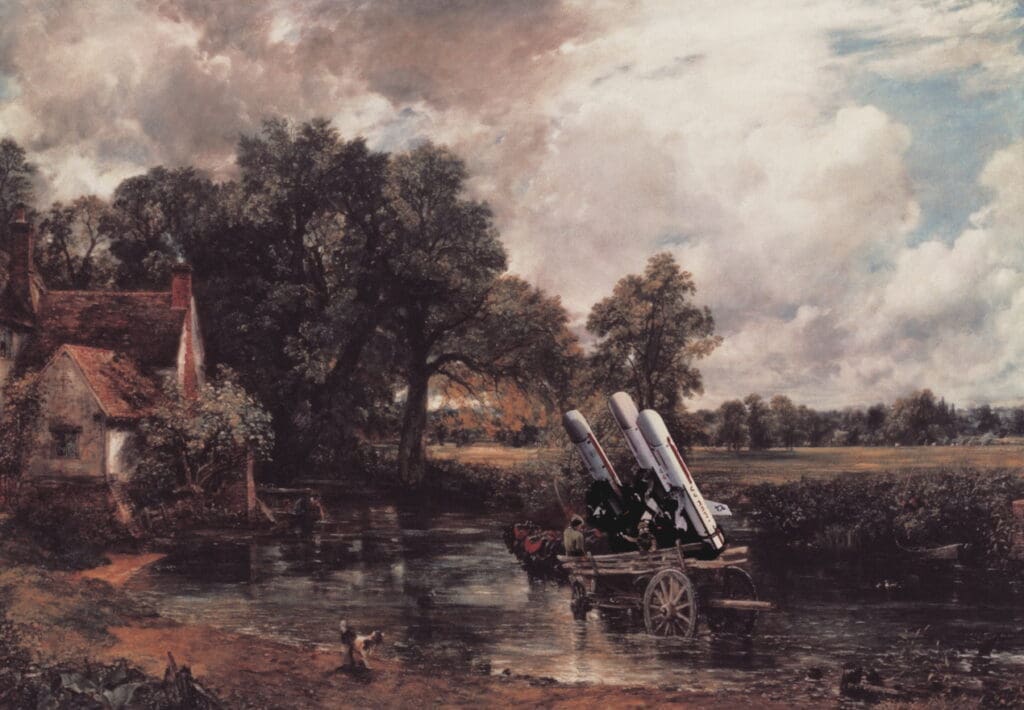


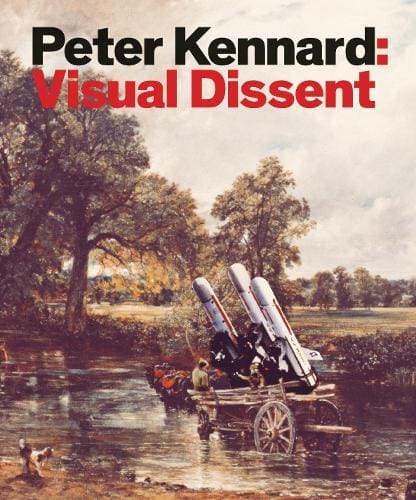

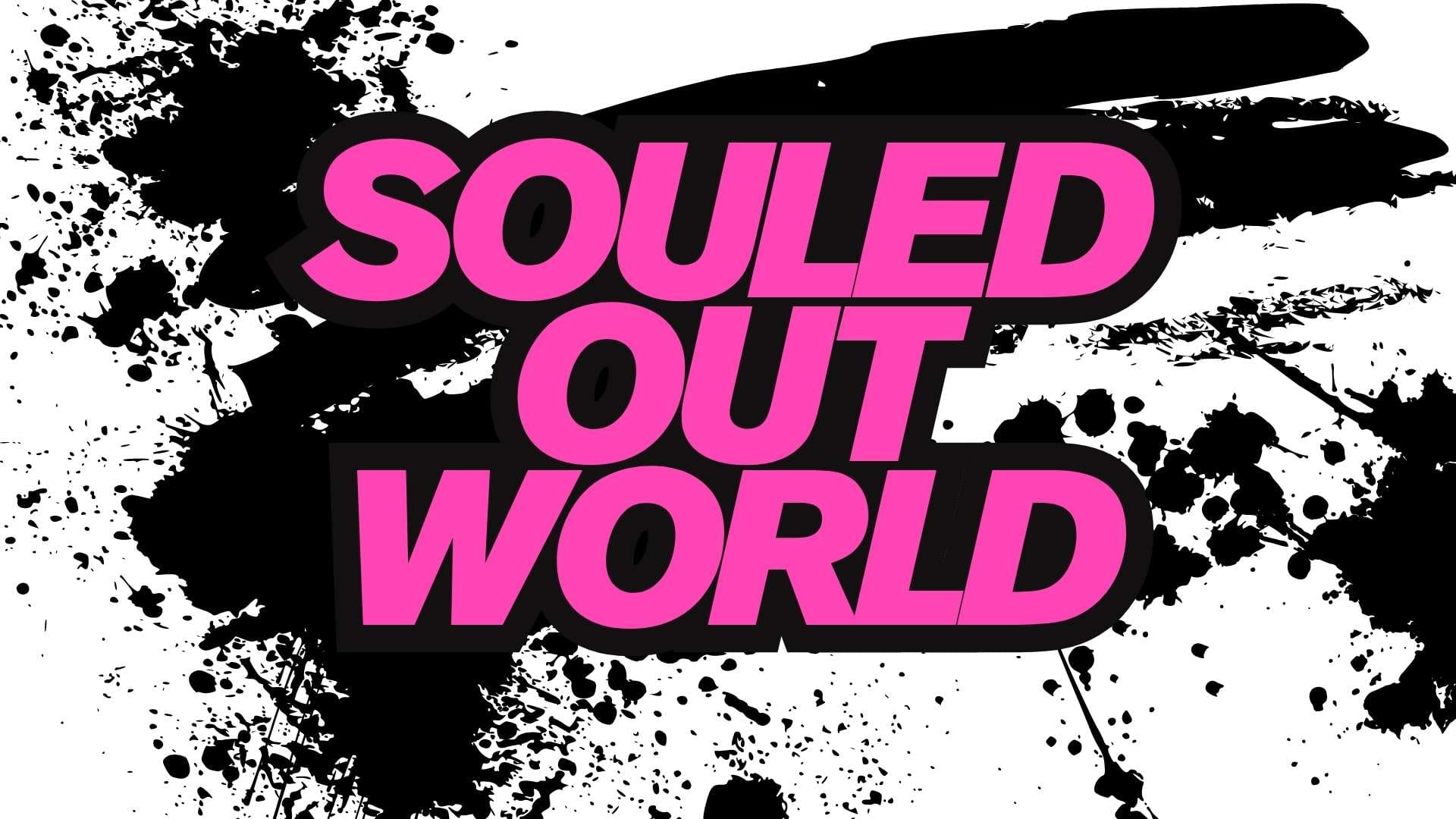




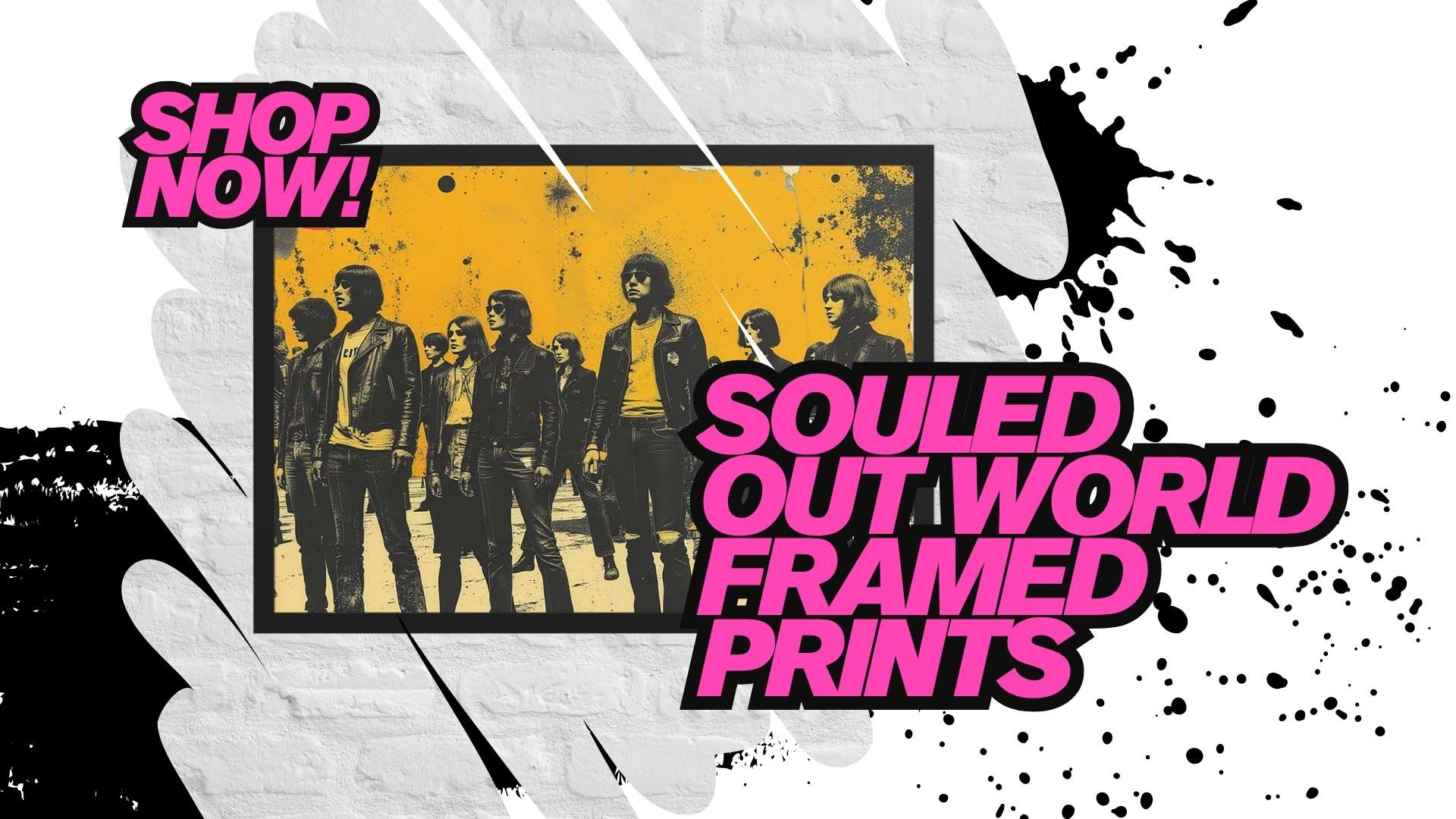





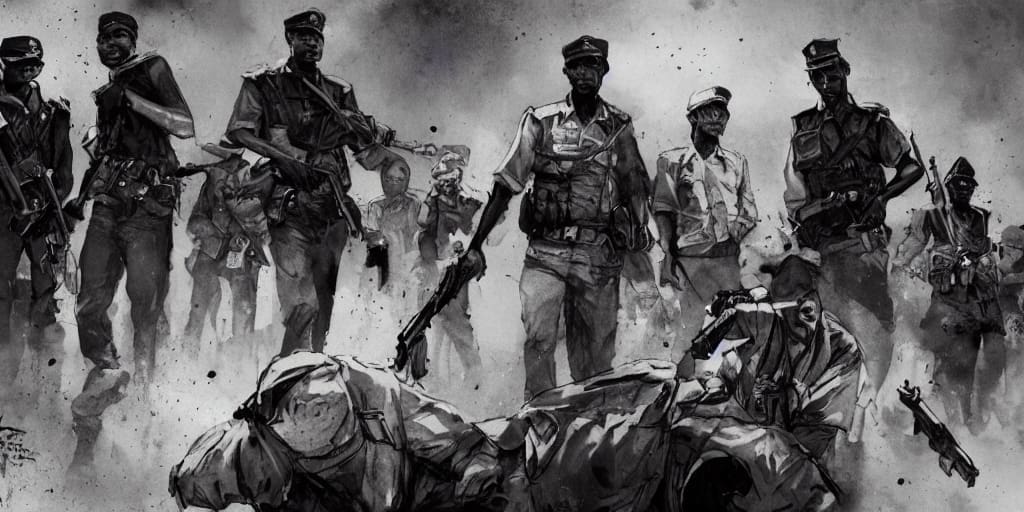
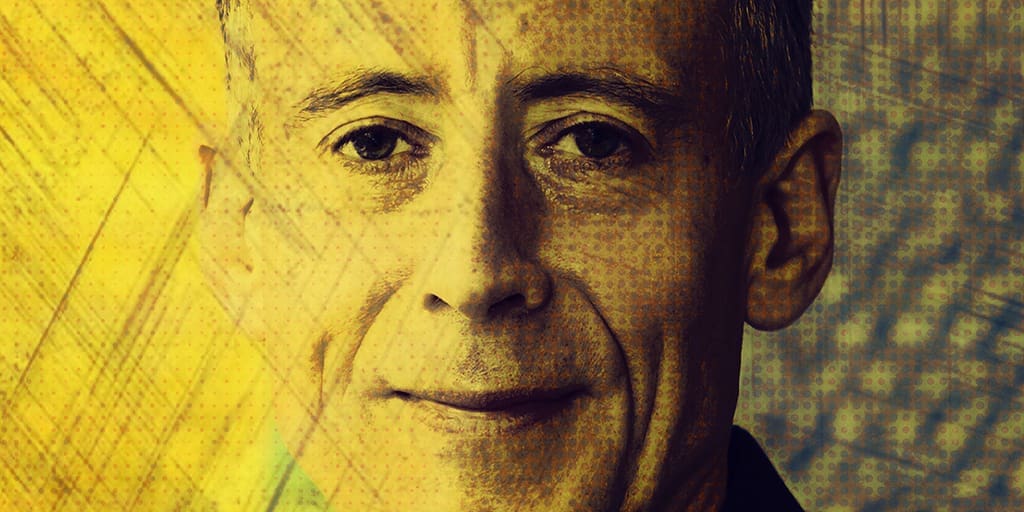
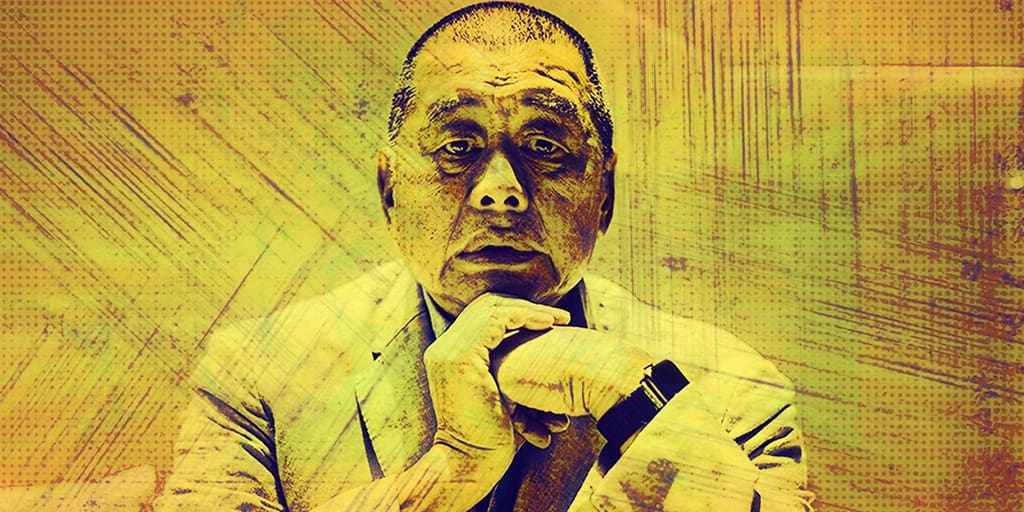

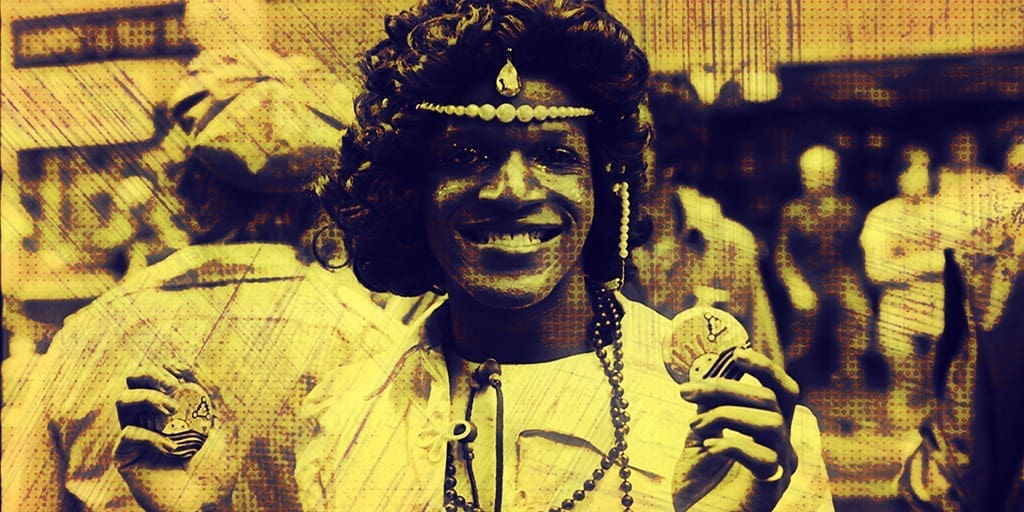




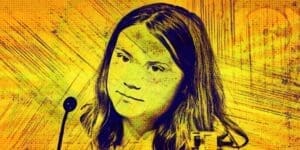









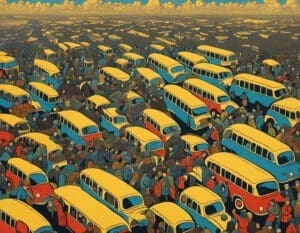



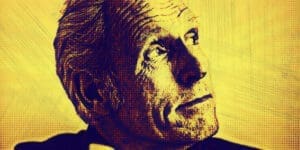







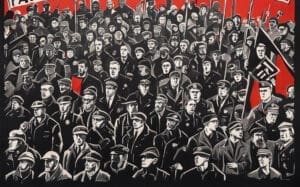



1 comment